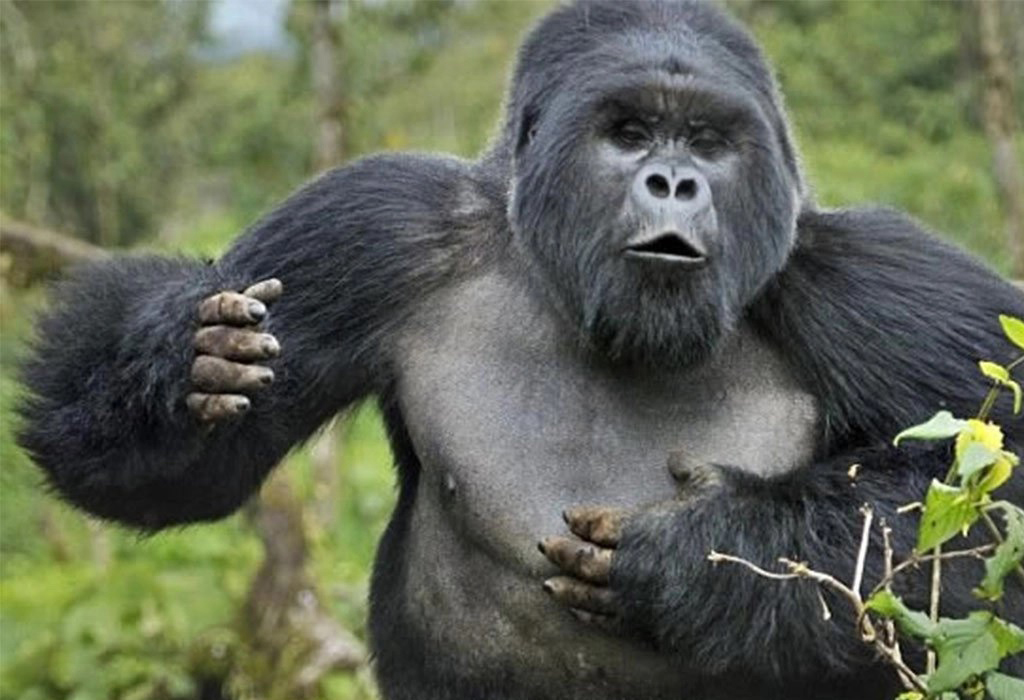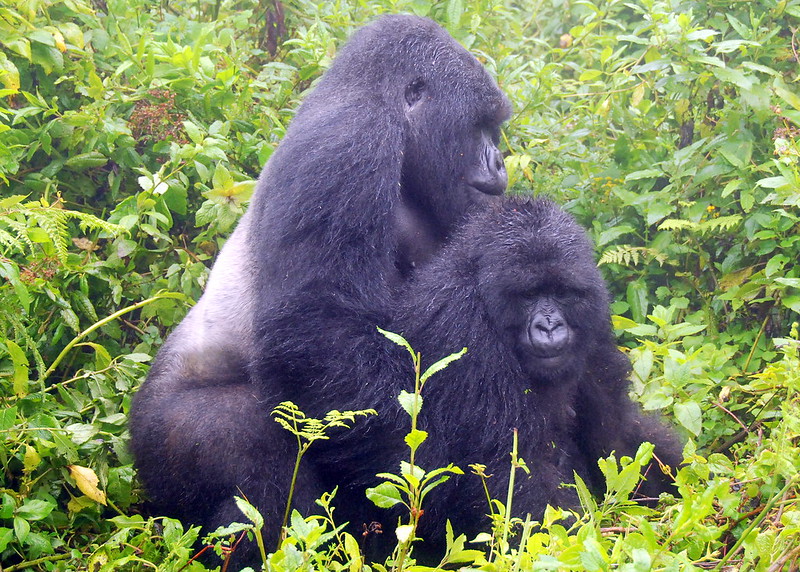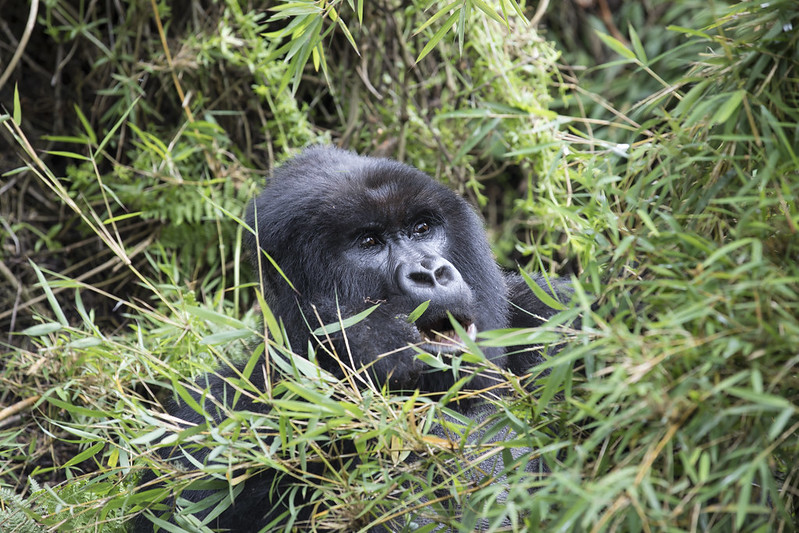
Why Do Gorillas Beat Their Chest?
Why Do Gorillas Beat Their Chest?
Gorillas, the mighty giants of the animal kingdom, have fascinated humans for centuries. With their striking physical presence, incredible intelligence, and emotional depth, they remain among the most awe-inspiring creatures to observe in the wild. One of their most iconic behaviors is chest beating. When a gorilla raises its chest and pounds it with its fists, the powerful sound echoes through the forest. This dramatic display is far from random; it carries deep meaning in the social and behavioral life of gorillas.
In this article, we will explore why gorillas beat their chests, the context in which this behavior occurs, and the role it plays in their daily lives. From communication and mating rituals to territorial defense and emotional expression, chest beating is a vital social signal in the world of gorillas.
Understanding Gorilla Chest Beating
Chest beating is one of the most recognized gorilla behaviors, and witnessing it can be truly thrilling. Typically, a gorilla raises its arms and strikes its chest with clenched fists, producing a deep, resonant thudding sound that may last from a few seconds to several minutes. Gorillas often combine this behavior with vocalizations, postures, and even direct eye contact.
Although it appears dramatic, chest beating is highly deliberate. Over time, it has evolved to serve multiple purposes, each deeply rooted in the social structure of gorilla groups.
Why Do Gorillas Beat Their Chest?
Communication with Other Gorillas
Gorillas primarily beat their chests as a form of communication. Much like humans use words and gestures to express emotions or intentions, gorillas rely on chest beating to send messages across their group and even to other groups. The sound can travel long distances through dense forest, allowing gorillas to interact even when they cannot see one another.
A dominant silverback often beats his chest to warn intruders or rivals. This act signals strength and authority, clearly stating that he is not to be challenged. In moments of confrontation, chest beating can intimidate rivals and assert dominance within the group. By consistently displaying this behavior, the silverback reinforces his role as the leader and protector of the group, ensuring unity and respect from both males and females.
Mating and Reproductive Signaling
Chest beating also plays a central role in mating rituals. Female gorillas are highly selective when choosing mates, and they view chest beating as an indicator of strength and vitality. During mating seasons, silverbacks beat their chests more frequently to draw attention to their fitness and ability to protect the group.
This display, combined with vocalizations, size demonstrations, and posturing, forms part of the ritualized behaviors males use to secure their position in the hierarchy. For females, these demonstrations signal that the silverback is a strong, capable mate.
Territorial Behavior and Defense
Territorial defense provides another important context for chest beating. Silverbacks announce their presence with the loud, rhythmic sound, effectively declaring ownership of a specific area. In regions where gorilla groups live close together, this serves as a clear warning to neighboring groups to stay away.
When an outsider male or predator encroaches, the silverback often responds with forceful chest beating to deter the threat. This dramatic act usually suffices to prevent intrusion, avoiding unnecessary physical conflict. At the same time, frequent chest beating within the group reinforces cohesion, reminding members of the silverback’s authority and maintaining order in daily life.
Stress and Emotional Expression
Although chest beating often conveys dominance and aggression, it can also reflect emotional states. Gorillas, like humans, experience stress, anxiety, frustration, and excitement. In such moments, chest beating becomes an outlet for releasing pent-up energy and expressing emotions.
A gorilla may beat its chest when agitated, excited, or under social tension. This behavior can coincide with heightened physical activity such as leaping, vocalizing, or charging playfully through the forest. In these contexts, chest beating functions less as intimidation and more as an expression of the gorilla’s inner state.
What Does Chest Beating Mean for Humans?
Although chest beating is a natural form of gorilla communication, humans have long associated it with strength, power, and dominance. The sight of a silverback rhythmically pounding his chest inspires awe and respect for the raw force of these animals.
In human culture, the image of a chest-beating gorilla has become a symbol of resilience, courage, and leadership. Popular media, art, and sports often borrow this imagery to convey determination and confidence. More importantly, for conservationists and wildlife enthusiasts, understanding the meaning of chest beating deepens appreciation for the complex social lives of gorillas. It underscores the urgency of protecting their habitats from threats such as poaching and deforestation.
The Power of Gorilla Chest Beating
Ultimately, gorilla chest beating is far more than a simple show of power. It is a multipurpose behavior that lies at the heart of gorilla communication and social life. Whether used to warn rivals, attract mates, mark territory, maintain group cohesion, or release emotion, chest beating reflects the complexity of these remarkable animals.
By studying this behavior, we gain greater insight into gorillas’ intelligence, emotional depth, and intricate social bonds. To witness a silverback beating his chest in the wild is to glimpse the majesty of these creatures—and to feel the profound importance of protecting them and their habitats for generations to come.


